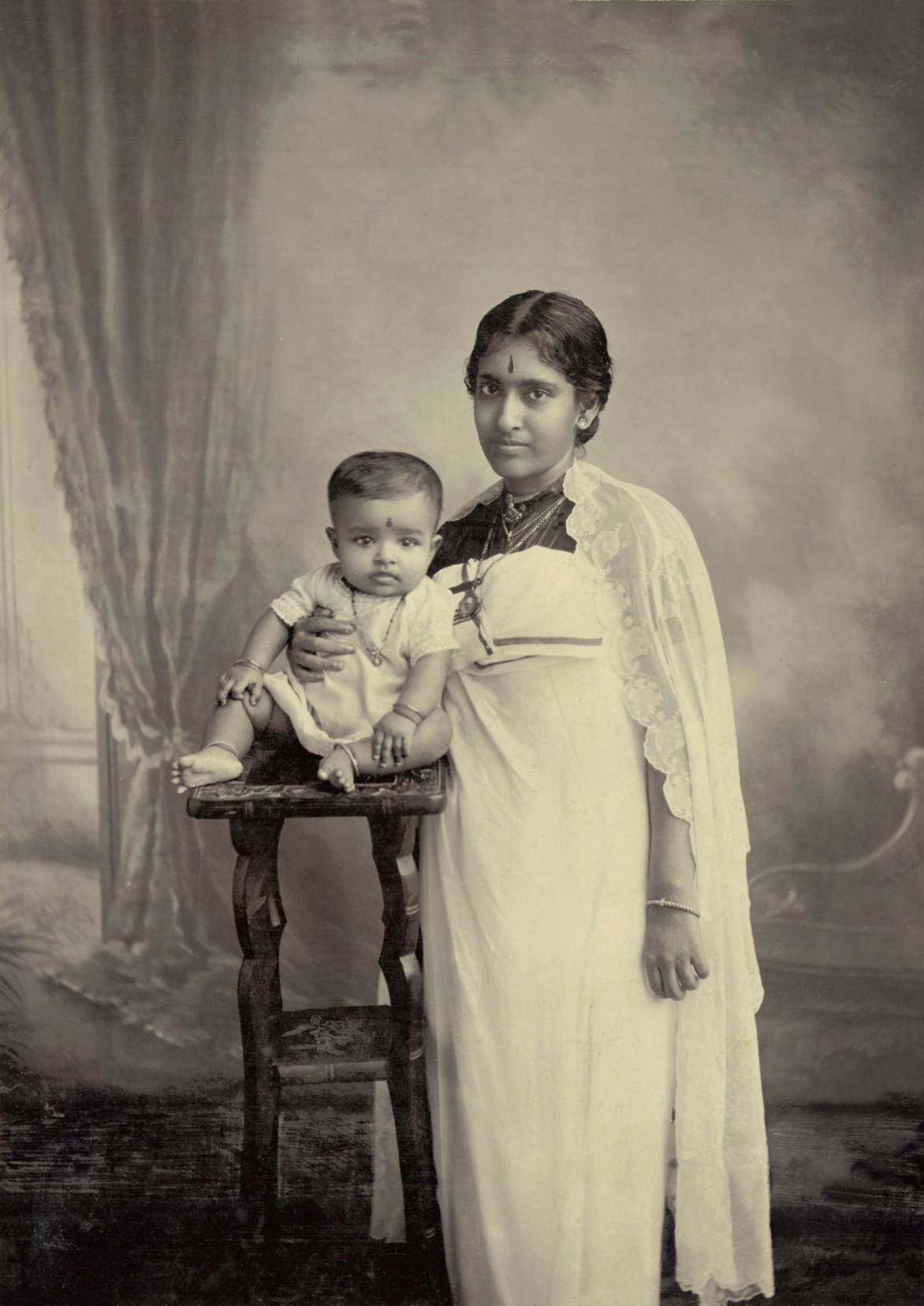Longtime in the works, Australia is changing their immigration laws, reducing the overall number of Visas being handed out, but allowing for migration to its rural areas. This will allow the cities to shed some of their growing population, but also encourage economy and development in relatively un-populated areas.
Immigration cap lowered
Following months of posturing on the issue of growing congestion in Sydney and Melbourne, the Federal Government announced in March this year that it will cut back Australia's annual permanent immigration intake to 160,000. The intake has been capped at 190,000 since 2011 but the actual intake fell to just over 162,000 in 2017-18 for the first time in over a decade.
The impact of the overall cut will be absorbed by Skilled Independent visas that allowed people to live and work anywhere in Australia. The annual quota of this subclass has been slashed from over 43,000 to nearly 18,000 – a move that has temporary residents in Australia worried that it might force a prolonged temporary residency period on them.
The government said the cap will be maintained for the next four years.
New regional visas
The government also announced an increase in the number of visa places for regional Australia with 23,000 skilled visas being reserved for those willing to live and work in the regions.
The two new provisional regional visas to be introduced in November this year – Skilled Employer Sponsored Visa and Skilled Work Regional Visa will have 9,000 and 14,000 places respectively within the annual immigration cap of 160,000.
Visa holders of these subclasses will be required to spend at least three years in regional areas in order to become eligible to apply for permanent residency, instead of two years. A new regional permanent visa will be introduced in 2022.
International students will be able to access an additional year of post-study visa if they study in an educational institute in the regions, outside of Melbourne, Sydney, Perth and southeast Queensland.
The changes to the points test are to introduce:
· more points for having a skilled spouse or de facto partner (10 points);
· more points for applicants nominated by a State or Territory government or sponsored by a family member residing in regional Australia (15 points);
· more points for having certain STEM qualifications (10 points);
· points for applicants who do not have a spouse or de facto partner (10 points); and
· points for applicants with a spouse or de facto partner who has competent English (5 points).
Citizenship changes abandoned
According to media reports, the Federal Government has abandoned the legislation that would have made migrants to wait longer and prove they have competent English proficiency before they could apply for Australian citizenship.
New parent visa
The new Temporary Sponsored Parent visa applications are being accepted from 1 July 2019. The visa – first promised ahead of the 2016 federal election – is being made available this year after the legislation it was tied to passed through the federal parliament in October last year. The new visa is linked to a sponsorship framework under which Australian citizen or permanent residents have to first apply to become approved sponsors. Once they are approved as sponsors, their parents will be able to apply for the visa that will allow them to stay in Australia for a continuous period of up to five years with a single opportunity for renewal. The total number of visas issued is capped at 15,000 per year.
What this means
The decrease in total number of Visas is clearly aimed at decongesting Australia's cities, where immigration has been a hot debate topic for years, as that is where most of the skilled migrants end up. The increase of geographically restricted visas outside the capitals is aimed to moving some of the incoming migrants to the parts of the country most in need of help. The points system for migrants to these rural areas has also ben revamped so that immigrants qualify with enough points inorder to get through the set thresholds. Already the minimum points required to qualify for a 189 skilled migrant visa is 85 , a far cry from the minimum requirement of 60 from just two years ago.









